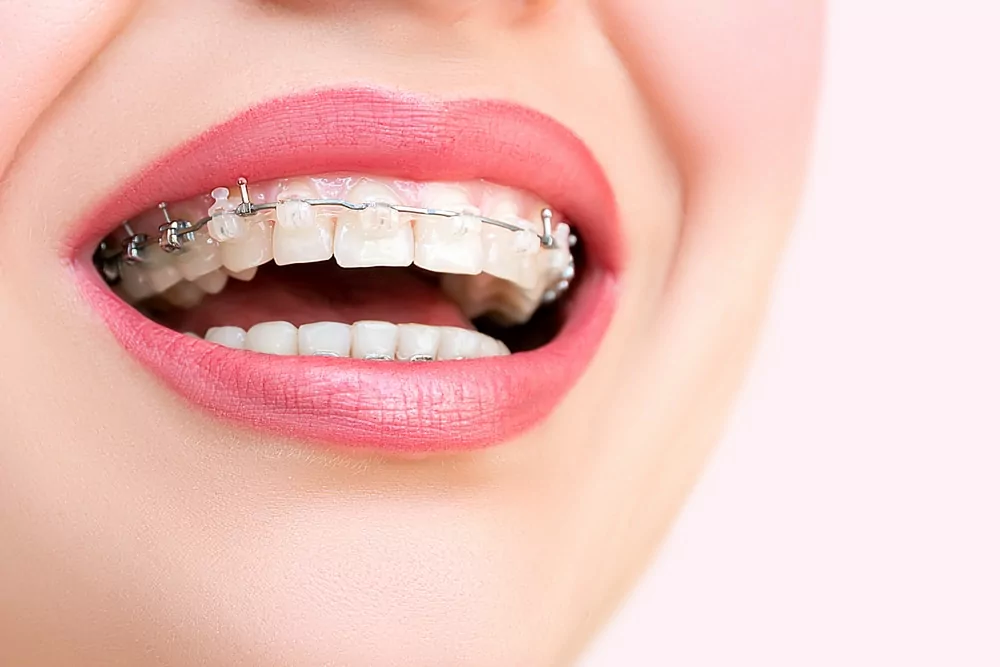 If you are considering getting braces for your orthodontic treatment, you might be curious about self-litigating braces. Compared to traditional braces, self-litigating braces have a few key differences that many patients find advantageous. In this blog post, we will explore the benefits of self-litigating braces. We will dive into what they are, how they work, and what advantages they offer for your orthodontic treatment.
If you are considering getting braces for your orthodontic treatment, you might be curious about self-litigating braces. Compared to traditional braces, self-litigating braces have a few key differences that many patients find advantageous. In this blog post, we will explore the benefits of self-litigating braces. We will dive into what they are, how they work, and what advantages they offer for your orthodontic treatment.
1. What are self-litigating braces?
Self-litigating braces are a type of orthodontic appliance that functions similarly to traditional braces. However, they differ in their mechanism of controlling the movement of teeth. Unlike traditional braces, which require elastics or metal ties to hold the wire in place, self-litigating braces use a self-ligating clip or door to hold the wire in place. This clip or door can be adjusted more easily than traditional braces, which can help the wire apply gentle pressure to your teeth more efficiently.
2. What are the benefits of self-litigating braces?
One of the main advantages of self-litigating braces is that they require fewer adjustments than traditional braces. Self-litigating braces use a clip or door to hold the wire in place, meaning your orthodontist does not have to manually adjust elastics or metal ties. This can result in fewer appointments and less time in the chair for you. Additionally, self-litigating braces can often help you achieve your desired tooth alignment and bite correction more quickly than traditional braces.
3. How do self-litigating braces impact oral hygiene?
Self-litigating braces are typically easier to clean than traditional braces because they have fewer nooks and crannies where food and bacteria can hide. Additionally, because self-litigating braces require fewer adjustments than traditional braces, you may experience less irritation to your gums and cheeks, which can reduce the likelihood of oral hygiene issues such as gum disease.
4. Are self-litigating braces a good option for everyone?
While self-litigating braces can offer significant advantages over traditional braces, they may not be the best option for everyone. Your orthodontist will consider various factors such as the complexity of your orthodontic issues, your age, and your lifestyle to determine whether self-litigating braces are suitable for you. Additionally, the cost of self-litigating braces may be higher than traditional braces, so be sure to discuss your payment options and insurance coverage with your orthodontist.
5. How do I care for my self-litigating braces?
To care for your self-litigating braces, you should brush your teeth after every meal and floss daily. You may also need to use specialized tools such as interdental brushes or a water flosser to clean your braces. Your orthodontist will provide you with instructions on how to care for your braces, so be sure to follow them closely to ensure the best results.
Self-litigating braces offer several benefits for your orthodontic treatment, including fewer appointments, faster results, and better oral hygiene. However, whether self-litigating braces are the right option for you depends on your individual circumstances. If you are considering braces, talk to your orthodontist about whether self-litigating braces are an appropriate choice for your needs. By understanding the benefits and limitations of self-litigating braces, you can make an informed decision about your orthodontic treatment and achieve a beautiful, healthy smile.
Contact Dr. April Lee at Burlingame Smile Studio we serve Burlingame, CA, Hillsborough, and Millbrae.
(650) 231-2680
Location (Tap to open in Google Maps):
1740 Marco Polo Way Ste 12
Burlingame, California
94010
